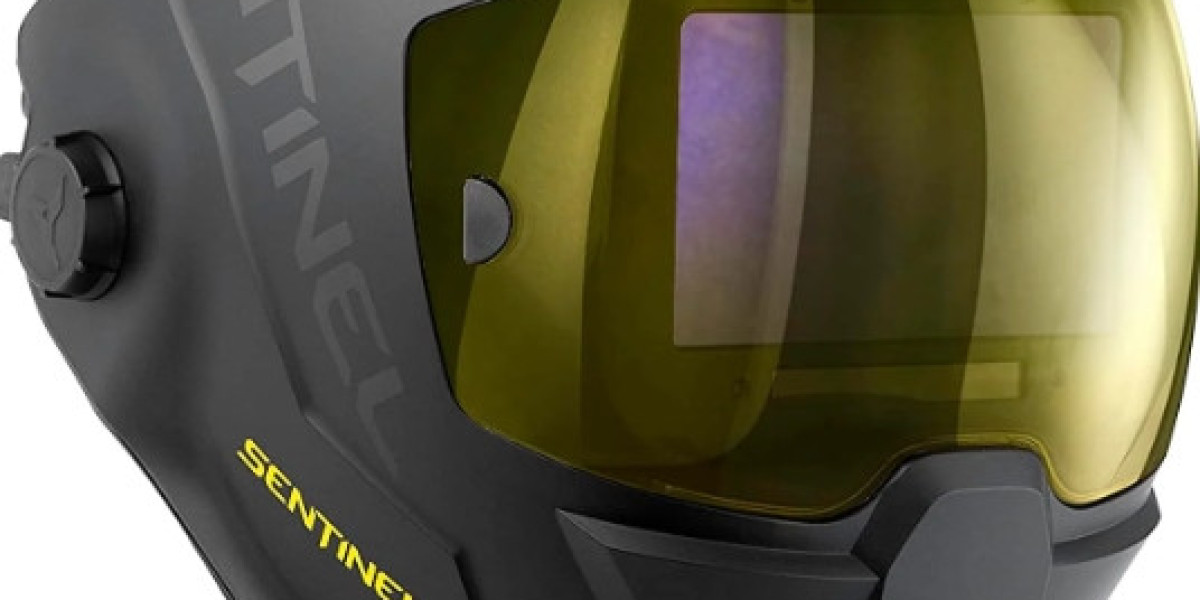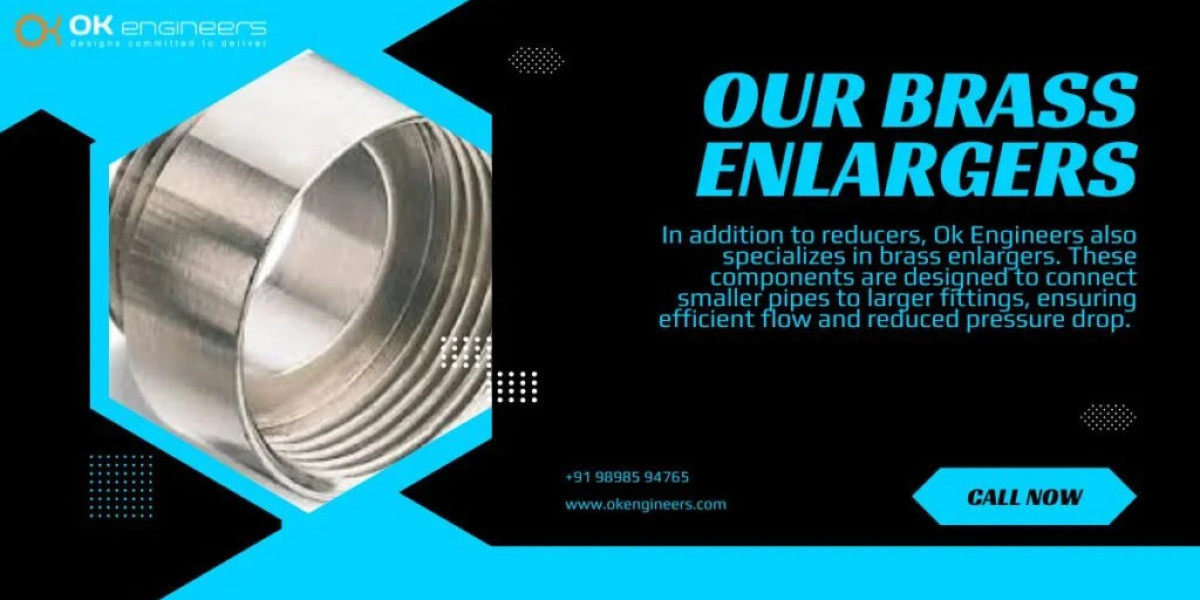The shade level of a welding helmet is one of the most important features that directly impacts the welder's performance and safety. The shade level refers to how much light the helmet lens filters out, protecting the welder’s eyes from the intense brightness of the welding arc. Choosing the right shade level is crucial for visibility, comfort, and protection during welding. This article explains how the shade level of a welding helmet affects your welding performance, highlighting popular helmets like the Optrel welding helmet, ESAB welding helmet, and PAPR welding helmet.
How Does Shade Level Impact Visibility and Safety?
The main function of the shade level is to protect the welder’s eyes from the harmful ultraviolet (UV) and infrared (IR) rays generated during welding. If the shade level is too low, it won’t provide adequate protection, leading to eye strain or even long-term damage like arc eye (welder's flash). On the other hand, if the shade level is too dark, it can obscure the welder’s view, making it harder to see the workpiece clearly. This can affect the quality and accuracy of the weld, especially during precision tasks.
A welding helmet with an adjustable shade range, like those found in Optrel welding helmet, allows the welder to customize the lens darkness based on the welding method and the brightness of the arc. For instance, welding techniques like TIG, MIG, or stick welding require different shade levels depending on the amperage and intensity of the arc. Auto-darkening helmets, such as those offered by Optrel and ESAB, automatically adjust the shade level in response to changes in light intensity, ensuring that welders always have the right level of protection and visibility.
Customizing Shade Levels for Different Welding Techniques
Different welding processes require varying levels of lens shade to optimize performance. For low-amperage TIG welding, where precision and clarity are vital, a lighter shade (around level 8 or 9) may be sufficient to see the fine details clearly while still protecting the eyes. Conversely, when working with high-amperage methods like stick welding, a darker shade (between levels 11 and 13) is needed to filter out the intense light without compromising safety.
A PAPR welding helmet, which includes a powered air-purifying respirator, not only protects the welder’s eyes but also offers respiratory protection. These helmets are often used in environments with hazardous fumes and particles, adding another layer of safety. Welders working in such conditions must ensure that their helmet provides both the appropriate shade level and respiratory protection.
Importance of Auto-Darkening Features in Modern Helmets
Auto-darkening welding helmets have become essential for many professional welders, as they eliminate the need to constantly lift and lower the helmet between welds. These helmets, like the Optrel welding helmet, automatically adjust the lens shade based on the brightness of the arc, ensuring consistent protection while allowing the welder to maintain focus on their work. Auto-darkening features not only improve safety but also enhance productivity by reducing downtime and making it easier to perform precise welds.
In addition to shade adjustment, the auto-darkening feature ensures that welders can switch between different welding methods without having to manually change their lens settings. This is particularly useful when using a versatile helmet like the ESAB welding helmet, which offers flexibility and ease of use across various welding applications.
In summary, choosing the right shade level in a welding helmet is crucial for both safety and performance. Whether using an Optrel welding helmet, ESAB welding helmet, or a PAPR welding helmet, understanding how shade levels work can help welders maintain clear visibility while staying protected from harmful light. The right shade level can make all the difference in the quality of the weld and the overall comfort of the welding experience.


